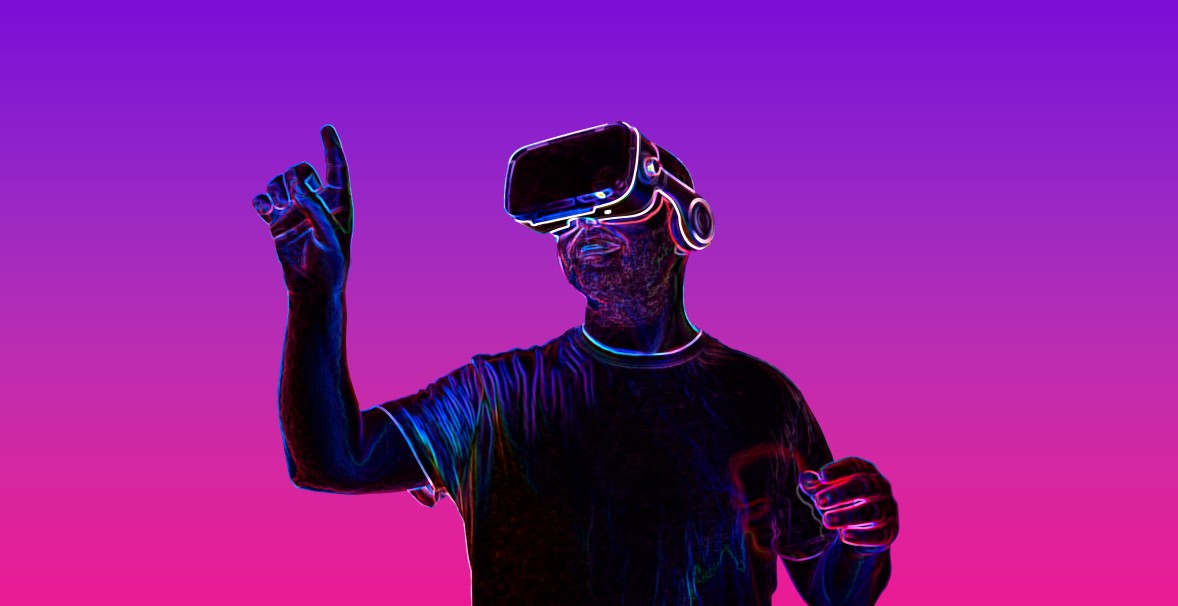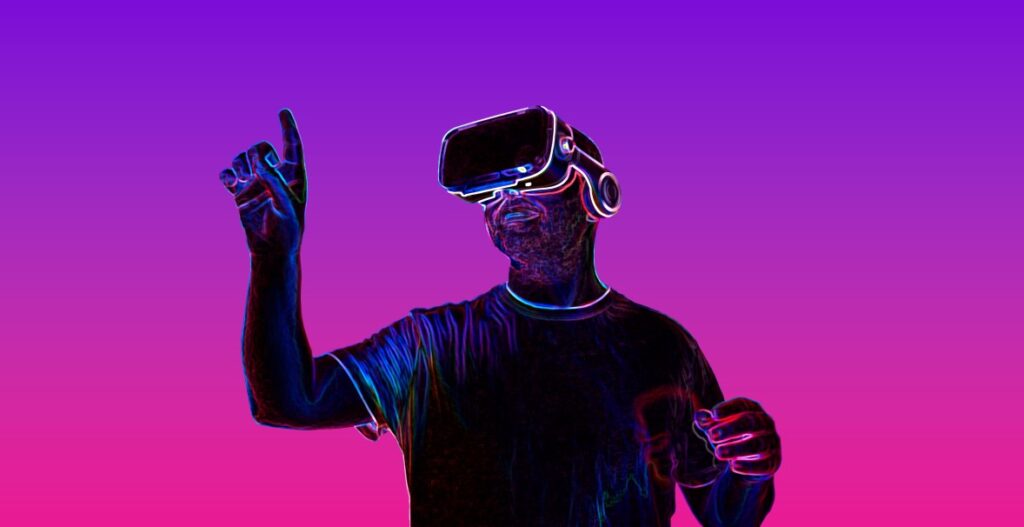
How to Make VR Easier on the Eyes
This article explains how VR can be made less stressful for the eyes. It includes Foveated rendering, Fresnel lens, Adaptive focus display, and Field-of-view. These things can make VR more pleasant for the eyes. How can you get the most from VR? Let’s take an in-depth look. And remember: VR is not for everyone! It’s not just for gamers!
Foveated rendering
Foveated rendering is a method of improving the visual quality of VR by decreasing the amount shading in the peripheral regions. The developer can control the amount of pixels to be dropped, allowing them to tailor the experience to the viewer’s needs. In figure 4, the central region in blue receives the highest shade rate. This preserves the visuals’ quality without sacrificing frame rate. Developers can bake different shading rates into their applications using VRS, but this requires significant coding effort. A plugin that simplifies foveated rendering implementation can be found in the VRWorks Graphics SDK Sample app.

Fresnel lenses
The principle behind a Fresnel lens is to reduce the amount of material used in the lens. In a perfect design, there would always be infinite numbers of these annular sections. Each section’s thickness would decrease. The standard lens is divided into concentric annular surfaces by a Fresnel lens. Each section is thinner than the last, resulting in stepwise discontinuities.
Adaptive focus displays
VR headsets can be made easier by adaptive focus displays. Traditional displays can’t tell where you are looking so they don’t know which parts of the image need to be blurry or in focus. Out-of-focus objects are rendered with a slight blurring effect, making them appear less real. This new technology enables users to focus on objects in the scene without crossing their eyes.
Field of view
The Field of View (FOV), a virtual reality headset, refers to how much space the user can see in any given area at any given time. The FOV is a measure of how present the user feels. Two types of FOV make up the human eye: peripheral and stereoscopic. VR headsets need to have a wider FOV in order to make the user feel more immersed, and not as disoriented as before.
Resolution
VR requires higher resolution images. Higher resolution images are impossible to see with the naked eye. That is why we need to have higher resolution in our VR headsets. Higher resolution means more details and less screen door effect. Optical systems used for VR headsets vary, but they are generally higher than the screens in ordinary TVs. The Varjo VR-1 headset has a resolution of 60 pixels per degree. It uses a bespoke 20/20 eye tracker to record eye movement. The system uses dual cameras to track eye movement accurately. The system has a precision of 1 degree.